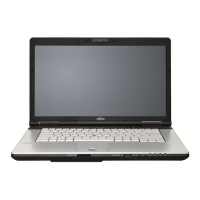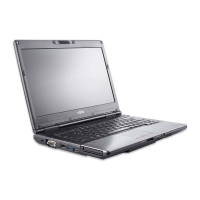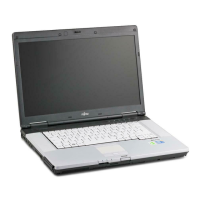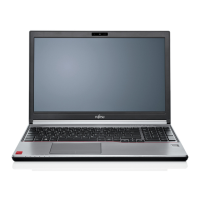Why only numerals are written when typing on Fujitsu Laptop?
- AAlicia MitchellSep 16, 2025
If when certain characters are entered on the keyboard of your Fujitsu Laptop, only numerals are written, it indicates that the virtual numeric keypad is activated. Press the Num key to deactivate it.








